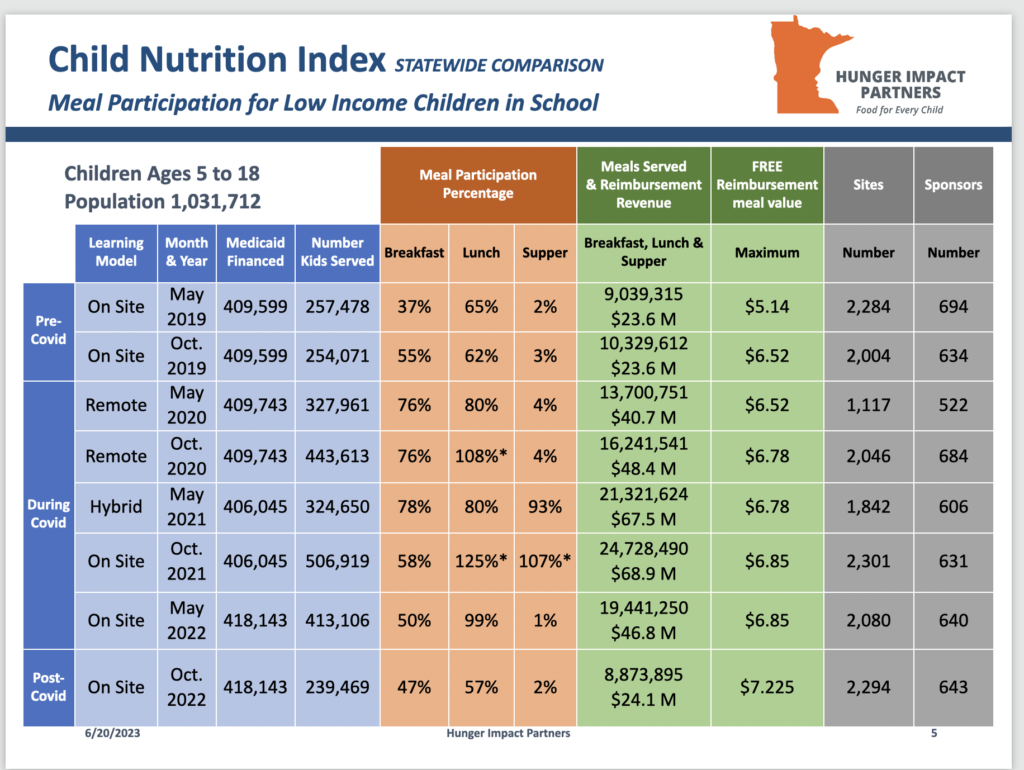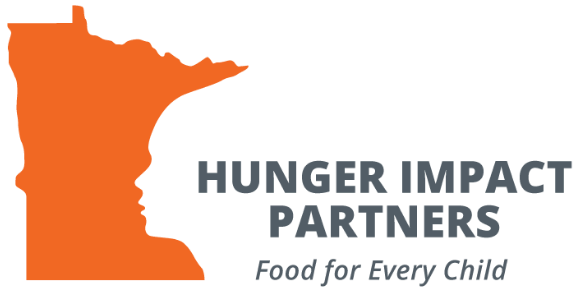Results
How well are we feeding our kids?

Resources made a difference, and in high-poverty schools the pandemic exacerbated educational inequities.
- We worked with 22 school nutrition departments to add innovative programs, expand menu choices, and pursue more sustainable practices. These sites had a 20 percent increase in meals provided.
- We worked with 11 school districts to bridge the cultural divide with multicultural meal components in multi-day boxes that were relevant to specific Hispanic or immigrant student populations.
These sites had a 13 percebt increase in meals provided.
Bundled meals continued although schools returned to in-person learning in fall 2021.
Community-based organizations have yet to pivot and return to learning programs with meals in congregate settings so time will tell if programs operating during COVID will be sustainable in many local communities.
In both schools and community-based organizations, we saw substantial increases in meals over 2019 but we anticipate a market correction to occur during the 2022-2023 school year. As conditions normalize post-pandemic, we believe meal participation rates will more accurately reflect the number of children utilizing federal child nutrition programs.
The community of food insecure children is not going to disappear in the next few years. In fact, their numbers will be higher than today’s, depending on COVID, the overall economic climate, job opportunities and our state’s ability to address disparities.
We do expect to make progress on closing the meal gap for Minnesota children, with year-on-year high-impact incremental improvements post COVID.
Our school administrators, nutrition directors, childcare center directors, community program operators, community-based learning programs, WIC clinics and others know that the long-term value of participating in federal child nutrition programs is essential. COVID changed how meals are provided and that has put stress on the meal delivery channels no one ever anticipated.
We have worked to strengthen the meal programs for needy families and protect federal meal program integrity and accountability so that the meals go to the intended children. Unfortunately, the disproportionate negative impacts of the pandemic on the most vulnerable learners have persisted.
After an incredibly challenging period, most students are beginning to settle back into their pre-pandemic school routines and take advantage of school meal programs but some segments – primarily low-income students and students of color -are falling further behind their peers.
If this trend continues, the pandemic could leave students with increasingly unequal access to education, adequate nutrition, and opportunity.
We need significant policy changes to support schools and community-based organization to help students make-up lost academic ground, along with access to support systems and daily nutritious meals.
Our advocacy work will be a priority driving systemic changes to improve all child nutrition programs post-COVID.
